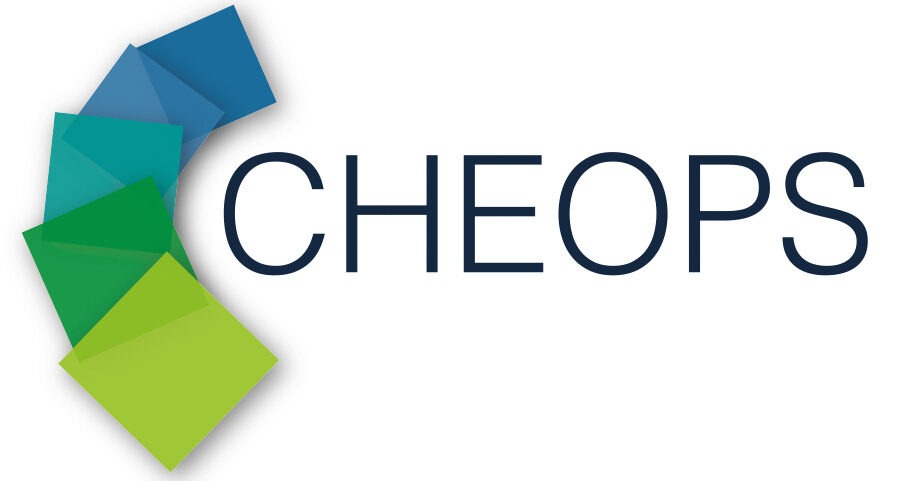CHEOPS began in 2016 and was concluded in January 2019. The project was designed by leading academic and industrial actors guided by a need for targeted innovation on a newly discovered class of semiconductor materials with a crystal structure similar to the one of the mineral perovskite. These materials – often simply called perovskites –had shown excellent properties for light harvesting in photovoltaic solar cells. The idea of using perovskite quickly became established, promising simple manufacturing processes at low cost with high power conversion efficiencies. However, these high efficiencies could not be reproduced when researchers tried to move from small lab scale samples to larger cells required for industrial application. In addition, doubts were raised about the long-term stability. In 2009 at the time of the discovery of perovskite, devices with the material in its active layer showed efficiencies of 3.8% at a lab-scale. At the end of CHEOPS, researchers in the project have set the world record(s) multiple times with power conversion efficiency of tandem cells currently at >27%.
In Summary
- CHEOPS was the first EU project exploring the novel use of solid state, thin film perovskite cells in a tandem configuration with conventional silicon solar cells
- CHEOPS was designed to address questions regarding upscaling and stability as well as economic and environmental aspects
- CHEOPS also included publishing of recommendations for standards of measurement and stability testing for such perovskite devices
Facts
- Duration: 01.02.2016 – 31.01.2019
- Budget: 5 million euro
- Funding Programme: H2020-LCE-2015-1
- Area: Renewable Energies
- Coordinator: Dr Sylvain Nicolay, Centre Suisse d’Electronique et de Microtechnique (CSEM), Switzerland

